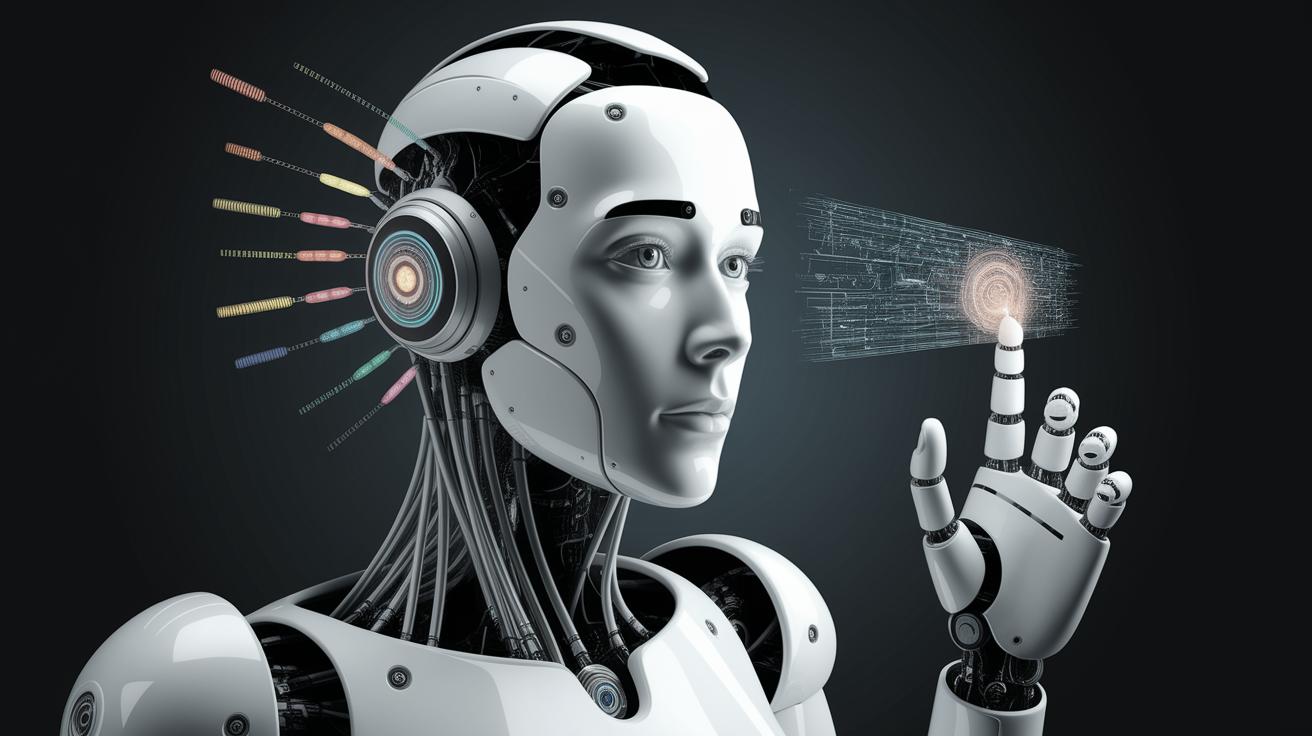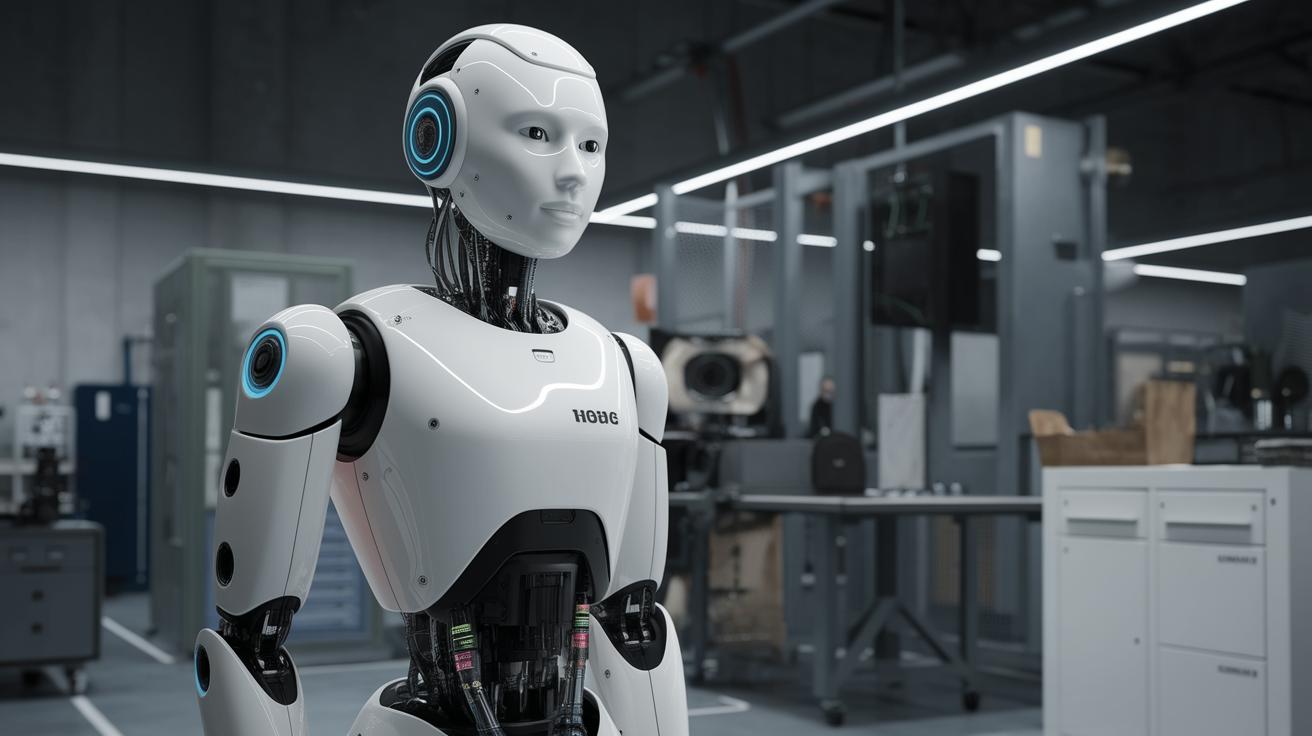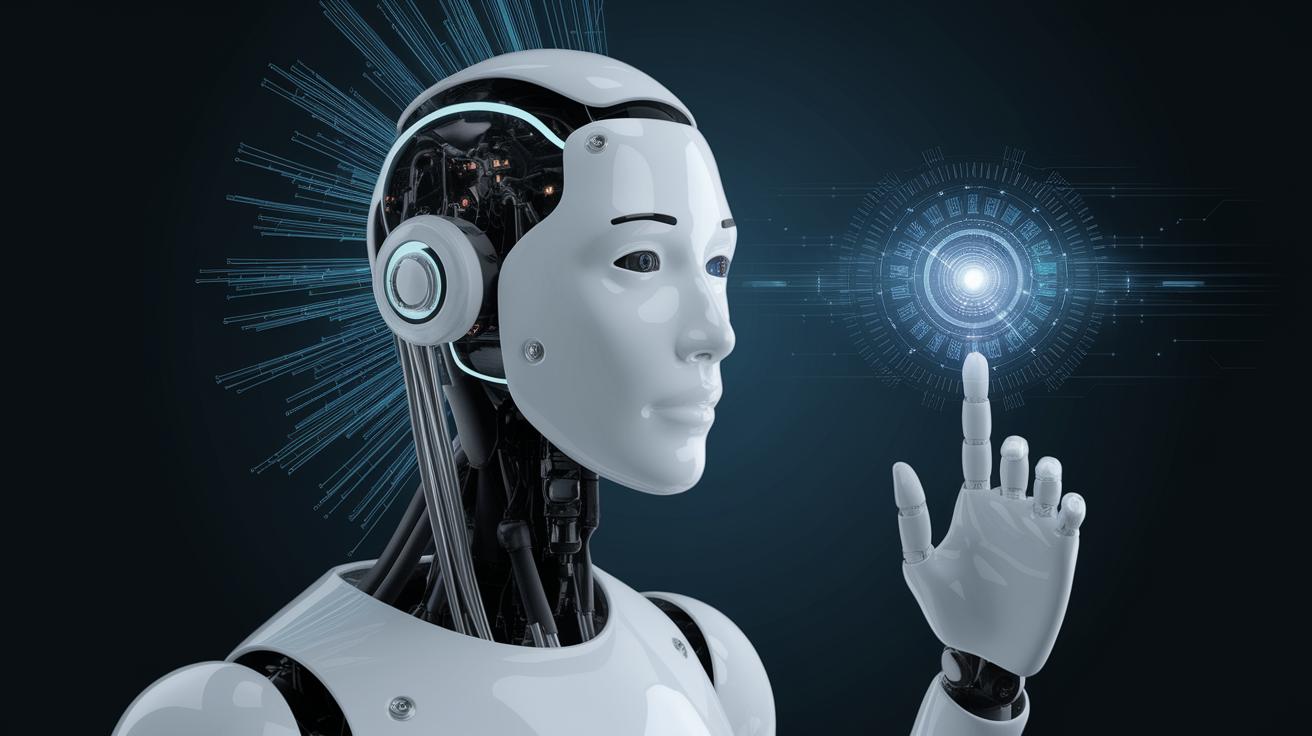Artificial Intelligence (AI) has already begun transforming creative industries by offering innovative tools and solutions that enhance productivity and creativity. As AI continues to evolve, it opens up exciting possibilities for the future of creative work. This article delves into the potential impacts of AI, exploring how it could blur the lines between professional and consumer software, democratize creative enterprises, and alter the dynamics of creative partnership. However, challenges remain, such as ethical concerns, talent shortages, and the possibility of AI overshadowing human creators. Understanding these scenarios helps us envision a future where AI and human creativity can coalesce and thrive together, offering lessons on harnessing these technologies to foster innovation in the creative sector.
Blurring The Lines Between “Professional” and “Consumer” Software
With AI advancements, the gap between professional-grade software and consumer-focused tools is narrowing. AI algorithms can now enhance the capabilities of consumer applications, making them powerful enough to perform tasks that were once the sole domain of high-end professional software. This integration allows users from various skill levels to access superior quality tools, fostering greater creativity across different demographics.
AI-powered features like auto-completion, intelligent editing suggestions, and automated design templates empower consumers to produce high-quality work with ease. This shift democratizes content creation, meaning that both amateurs and professionals can leverage the same technological advantages, potentially elevating the entire spectrum of creative output.
Democratizing Creative Enterprise
AI’s role in democratizing creative enterprise is profound. By providing widespread access to sophisticated tools, it levels the playing field for creators around the world. Emerging artists, designers, and content creators can now compete on an even keel with established names, thanks to AI solutions that support innovative projects without necessitating exorbitant investments in resources or training.
Furthermore, AI can reduce barriers to entry by simplifying complex creative processes. For instance, AI can suggest improvements, optimize workflows, and even generate basic design elements, allowing creators to focus on nuanced aspects of their work. This accessibility encourages diversity and inclusion within the creative industry, as more voices and visions come to the forefront.
Scenario 1: AI Becomes a True Creative Partner, Augmenting Human Creativity
In this optimistic scenario, AI evolves to become an invaluable creative partner. Instead of replacing human creators, AI tools collaborate with them, enhancing and expanding creative possibilities. Artists, filmmakers, and designers find new avenues to express their creativity, using AI’s ability to analyze vast datasets and produce ideas or patterns that may not be immediately apparent.
This partnership challenges traditional creative processes, allowing creators to break through boundaries they previously may not have realized existed. AI offers suggestions, iterates designs, and can even mimic various artistic styles to inspire new creations, acting as a catalyst that magnifies human creativity rather than diminishes it.
Scenario 2: Ethical Concerns and a Shortage of AI Talent Slow Down AI Adoption in the Creative Field
Despite its potential, AI’s adoption in the creative industries faces significant hurdles. Ethical concerns such as data privacy, intellectual property rights, and algorithmic bias could deter widespread AI implementation. Stakeholders are cautious about how AI-generated content or customer data is utilized, fearing potential misuse or legal ramifications.
Additionally, the shortage of skilled AI professionals poses a barrier to AI’s integration. As industries compete for limited talent, creative enterprises might struggle to find the expertise needed to effectively deploy AI technologies. This talent gap could lead to slower adoption rates, hindering the industry’s ability to fully leverage AI’s capabilities.
Scenario 3: Super AI Becomes the Dominant Force in the Creative Field, Driving Out Human Creatives
Another potential scenario envisions a future where AI systems become so advanced that they overshadow human contributions in the creative field. Super AI, with its ability to produce high-quality content at scale and speed, might render human creators obsolete in some domains. Automated design, writing, and music generation could dominate industries, leaving little room for human intervention.
This scenario raises concerns about the loss of unique human touches that can’t be replicated by machines, such as emotional nuance and cultural interpretation. As AI assumes a larger role, it’s crucial to consider how to preserve and value human creativity alongside technological advancements.
Scenario 4: Slow Technological Advancement in AI Deters AI Adoption in Creative Processes
Should AI technology face stagnation, the creative field might experience stifled adoption rates. Inadequate progress in AI’s abilities could deter creative professionals from integrating AI into their workflows, as the return on investment might not justify the cost or effort of embracing new technologies.
This slowdown could hinder the anticipated transformation of the creative industries, maintaining traditional practices and inhibiting potential growth. To prevent this, ongoing research and development in AI technologies must be actively supported to ensure continuous innovation that meets the demands of creative professionals.
Lessons Learned
| Scenario | Key Points |
|---|---|
| Blurring The Lines | AI enables consumer software with professional capabilities, democratizing creativity. |
| Democratizing Creative Enterprise | AI reduces barriers, fostering inclusivity and diversity within the industry. |
| AI As a Creative Partner | AI enhances creativity, pushing the boundaries of traditional processes. |
| Ethical & Talent Issues | Concerns around ethics and shortages of AI talent slow adoption in creative fields. |
| Super AI Dominance | AI could potentially overshadow human creativity, impacting unique human elements. |
| Slow AI Progress | Technological stagnation could deter AI adoption, stifling industry transformation. |


